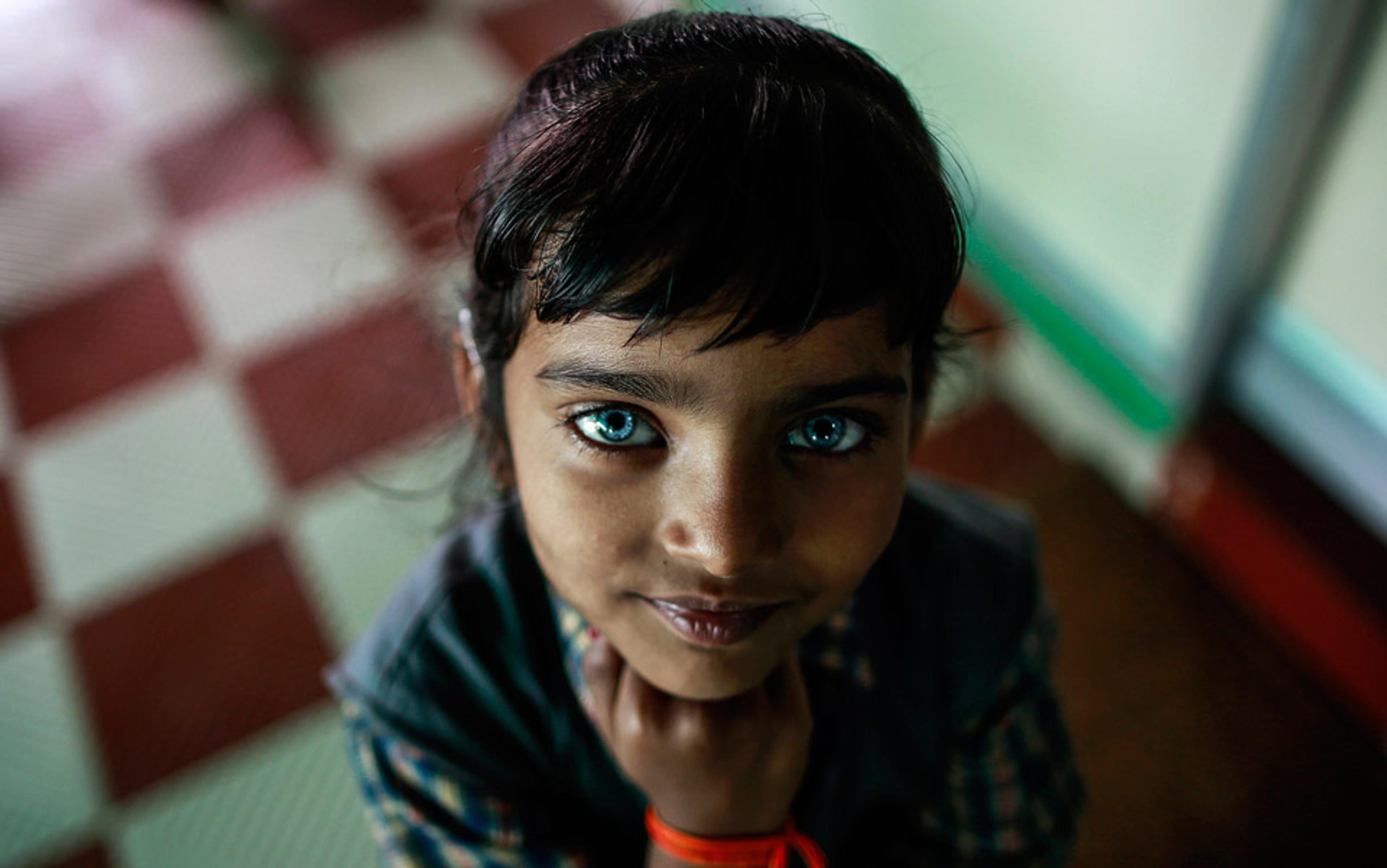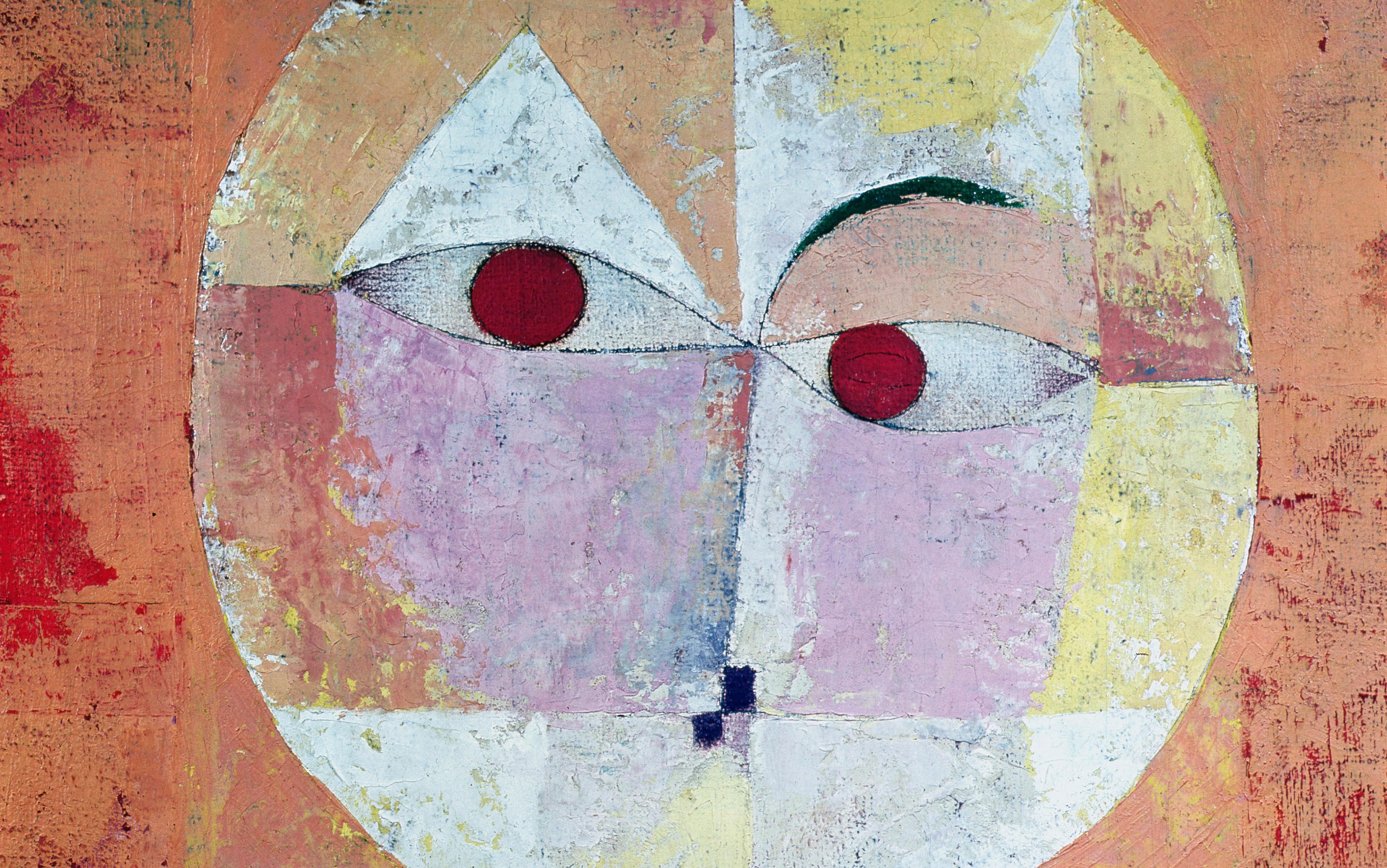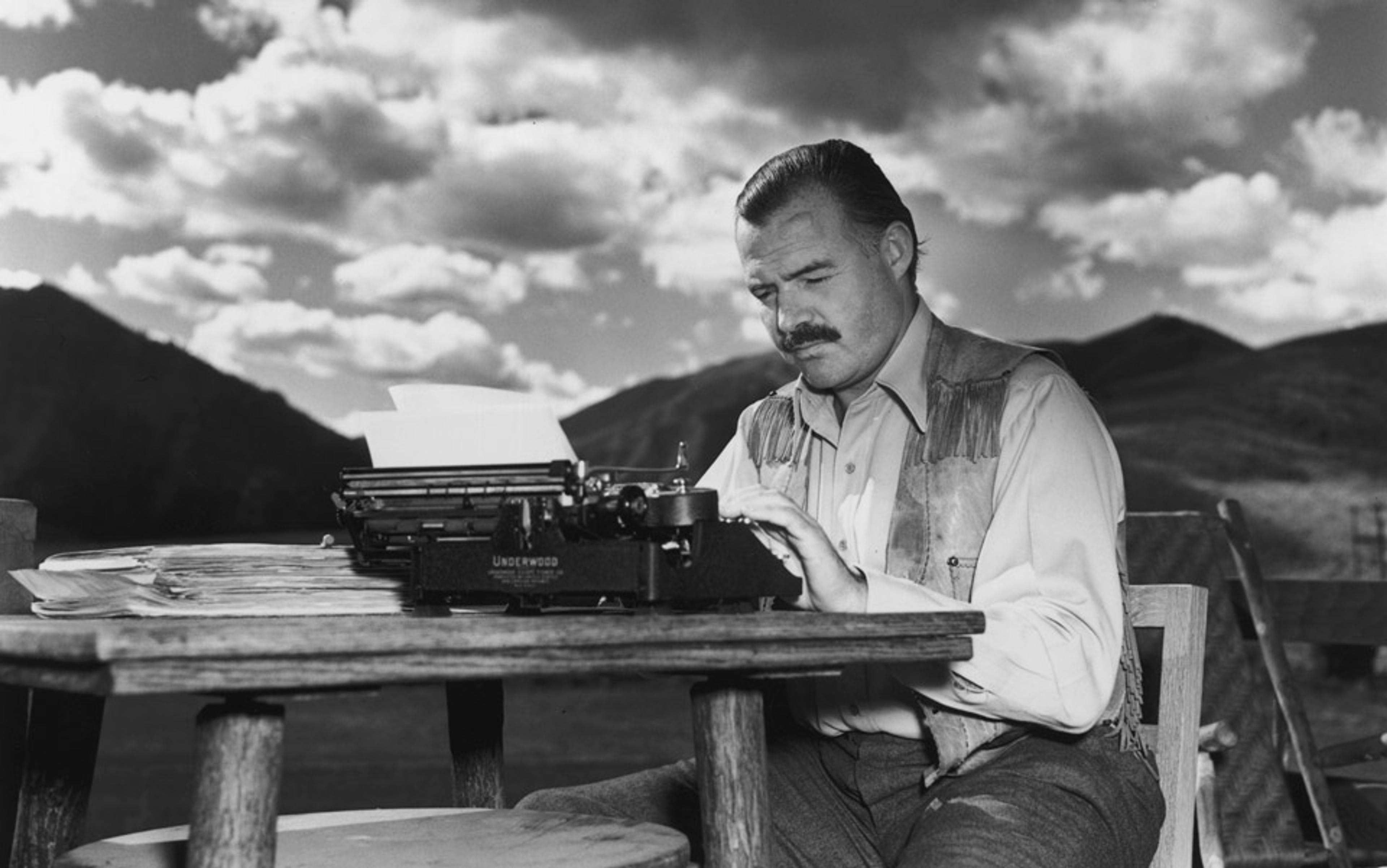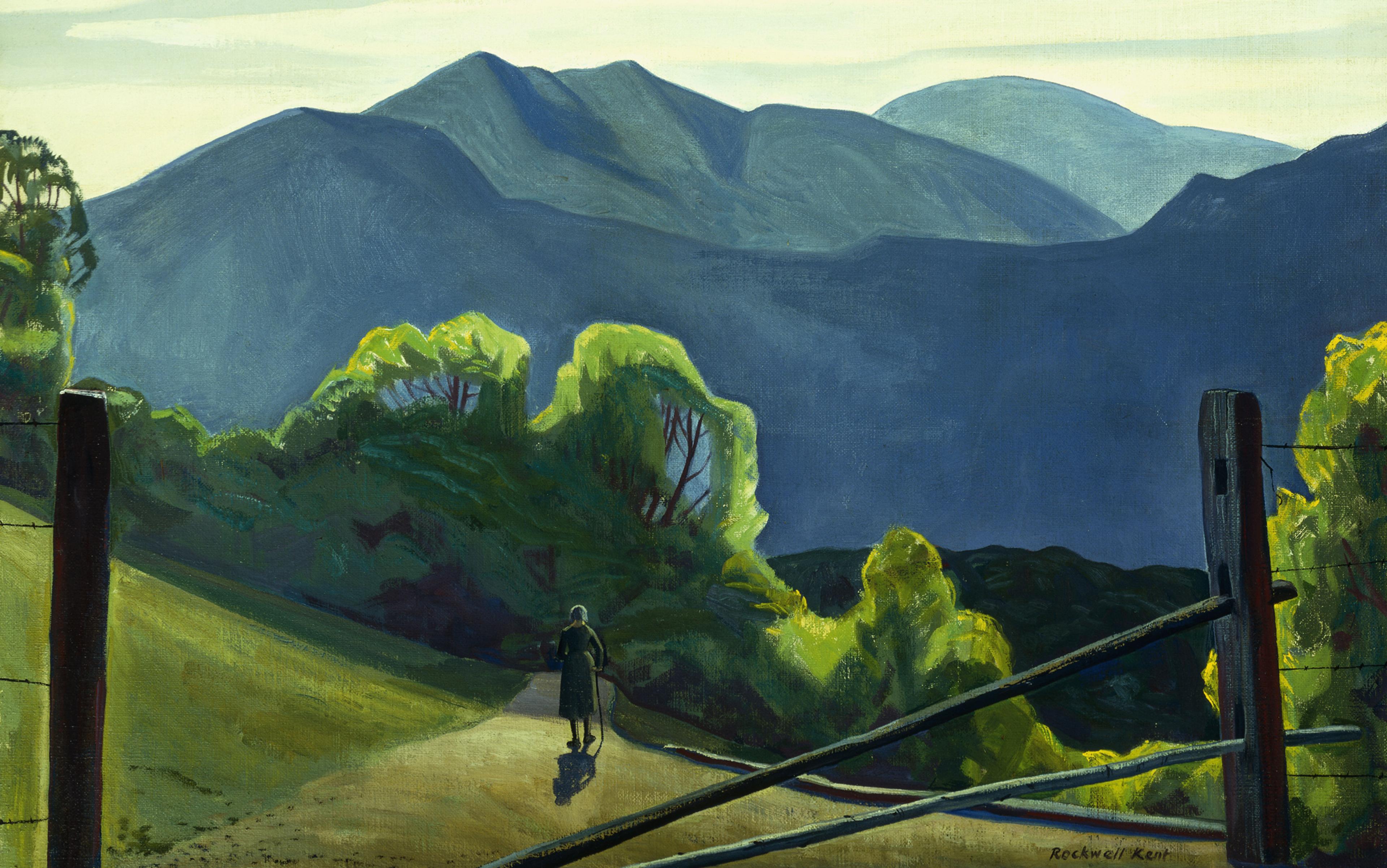In 1999, Adnan Syed, a teenager from Baltimore, was convicted of killing his ex-girlfriend Hae Min Lee. Appraised of the details of the case, you might view Syed as a skilled sociopath adept at concealing his guilt, or as the victim of a flawed judicial process. Or you might remain uncertain. Perhaps you have rehearsed all the evidence in your mind, sorting it into known knowns and known unknowns, until you think you have spotted an angle that no one else has noticed. Perhaps you have talked it over with colleagues, argued with your partner about the finer points of the case at the dinner table, Tweeted under the hashtags #freeadnan or #adnanisguilty. Or perhaps – it’s possible – you’re one of the 29,000 people who signed an online petition demanding a retrial.
This is not a major criminal case of our time, or even a blockbuster TV drama in which all will be revealed in the final episode. This is Serial, a podcast about a long-forgotten and unremarkable moment in US legal history that was last year’s online sensation.
No doubt the viral success of Serial is partly due to the deft and suspenseful storytelling of its makers at ‘This American Life’, a weekly National Public Radio (NPR) show, of which Serial is a spin-off. But the show’s producers are responsible only for part of the story; their skill lies in leaving its seams unfinished. Serial – and an increasing number of narratives like it – relies on its audience to pick up where the script leaves off, generating a chaotic, exponential explosion of additional discussion through blogs, vlogs, Tweets and Facebook posts.
It’s tempting to talk about Serial as an entirely new phenomenon: a story that escapes its author’s control and becomes the work of many hands. Doubtless, the internet has provided us with a new set of tools through which we can make our own mark on the stories that fascinate us, but we must not mistake the medium for the message. The internet didn’t create this kind of story: in fact, it’s probably the oldest narrative form of all. This is narrative as a rolling multitude of voices; a story that has no controllable ending, fading instead into a network of other tales told by a network of other people. It is the narrative of everyday life, of friends we know well and not-so-well, and the ways we use their narratives to prop up our own. We know this kind of story as deeply as we know language. This has huge implications for writers. It reveals that we’re not as keen on neat narrative arcs and emotional closure as we thought we were.
Since language began, we have told stories, but we have lived them, too. The stories we tell, from the earliest oral traditions to the current dominant narrative forms of the novel, TV series and movie, are bounded by the expectation that they will progress towards a conclusion. Whether this is a trite happy ending, a twist in the tale or the more complex sense of a protagonist having gone on a transformative journey, we clearly demarcate the edges of our tale; and if the narrative itself doesn’t make the ending clear, then the bottom of the page surely will. Storylines that fail to resolve invite howls of pain from audiences. Donna Tartt’s novel The Little Friend (2002), for example, infuriated readers by offering up the mystery of a child murder, and then failing to solve it.
Yet consider how rarely we would have come across these carefully crafted stories before the invention of the radio and television. Sure, there was theatre and the fair, perhaps a cycle of folk tales told within the family, the laden intonations of the preacher on Sunday. And, from the 18th century onwards, there would have been novels, too, if you could afford them, but even these were not always consumed in finished form. Samuel Richardson’s Clarissa (1748), for example, was released in seven successive volumes (which gave rise to reading circles that speculated on the protagonist’s retention, or otherwise, of her virtue), and the novels of Charles Dickens and Thomas Hardy were published in cliff-hanging weekly instalments. The notion that the novel is a tidy narrative arc is a relatively recent one; we learned to love this form when it was raw-edged and uncertain, and when the publication of a new book was enough of an event to merit conversation.
Even after the development of the novel, however, our most frequent contact with stories was in the drama of the everyday. Living in small-scale communities, we were experts in the interweaving lives of our family, neighbours, colleagues and community, and these untidy stories would, by necessity, have sustained our curiosity at a time when daily life was full of repetitive drudgery. Against a backdrop of monotonous labour and short lives, we commented on public behaviours and speculated on private tastes; we shared illicit information and carefully concealed the parts of our lives that marked out our differences. We soothed our friends with knowledge of their enemies, and sought advantage by releasing flattering information about ourselves. In short, we were masters of gossip.
gossip is sprawling, untidy, infinite. It is told not simply from teller to listener, but collaboratively across networks of people
The evolutionary psychologist Robin Dunbar of the University of Oxford suggests that we evolved language especially to gossip. This might seem like a trivial origin for that most fundamental of human behaviours, but there is nothing trivial about gossip. Poring over the lives of mutual acquaintances, dissecting their every triumph and foible, is a wise strategy in small-scale communities which are always one lean season away from disaster. Gossip allows us to form networks of knowledge within our group, and by learning what everyone thinks of everybody else, we can construct a kind of social topography that roots out those who might threaten our fragile order by free-riding on our hard work or lying about the extent of their usefulness. Gossip, in other words, makes us safe.
And gossip is a very different kind of story to the polished ones professional authors write – sprawling, untidy, infinite. It is also multi-directional, told not simply from teller to listener, but collaboratively across networks of people, each of whom puts their own spin on the tale, adding new information, embellishing juicy points, omitting the parts that don’t suit.
We are hugely skilled at this kind of storytelling, and hugely motivated to listen to it, too. So perhaps it shouldn’t be a surprise that, given the new, democratised resource of the internet, we have rushed towards it like chattering primates. But this type of storytelling isn’t just in confessional blogs and the straggling autobiographies of Twitter and Facebook. The professionals are catching up.
After the summer of 2013, a small group of people developed an entirely new addiction, wandering around Paddington in west London in search of sensations that sometimes proved elusive, but which sometimes, too, took them to a world they’d never visited before. Later, they rushed to their keyboards to write posts and pages (and even to construct 3D simulations) that tried to figure out their strange encounters. They dreamed about it between repeat trips, voiced their shifting fixations on social media, and grieved openly when it was finally over.
The object of their obsession was Punchdrunk’s The Drowned Man, a piece of immersive theatre set over several floors of an enormous former Post Office building. Members of the audience were largely free to move around the space as they pleased, following different characters from room to room, exploring the quieter reaches of the set, or having intense one-to-one interactions with individual actors. There was a plot – loosely based on George Büchner’s stage play Woyzeck (1879) – but there was no obligation to follow it, and those who made repeat visits experienced a different version of the story each time.
This self-directing, personalised experience of theatre, lacking a fixed perspective, mimics the experience of our gossiping villagers in ancient communities. It is what we might term a participatory narrative – with the audience no longer an irrelevant part of the process, sitting passively behind an imagined fourth wall. Humans have never been very good at this passivity anyway; the cognitive sciences have clearly established that even when we are quietly reading a novel, our brains react as though we are actually taking part in the story, activating neurons that mirror the triumphs and tragedies of the protagonists we encounter. This goes far beyond empathy: it appears that we live second lives alongside our fictional heroes.
Taking things a step further are the storytelling experiments in video gaming that familiarise us with a feeling of being in control, even if that control is exerted in a fundamentally authored, or bounded space, with certain set-pieces that must take place in order for the whole story to work. Fans of role-playing fantasy games (and choose-your-own-adventure novels) have long been getting their kicks by making their own paths through a narrative. More prosaically, we could view TV shows such as The X Factor and Big Brother as mass-audience participatory narratives; voters might find their power diluted by the sheer scale of participation (and the careful manipulation of their loyalties), but they nevertheless sense that they have influenced the outcome in some small way.
our memories are fundamentally untrustworthy, and prone to absorbing recollections from the people around us
If audiences are demanding more agency, authors are meeting them halfway, by abandoning some of the slicker aspects of their craft. Last year, the UK author Rachel Cusk told The Guardian that writing fiction was ‘fake and embarrassing’ because ‘once you have suffered sufficiently, the idea of making up John and Jane and having them do things together seems utterly ridiculous’. Cusk prefers the messy, self-exposing rites of memoir, such as her Aftermath: On Marriage and Separation (2012), perceiving in it a raw truth that cannot be found in the glossed fables of fiction. The Norwegian novelist Karl Ove Knausgård has created a somewhat highbrow literary stir with his own heavily autobiographical fictions, collectively titled My Struggle (2009-11), which refuse to turn the authorial gaze away from the minutiae of human experience, instead relentlessly detailing every aspect of his memories, leaving the reader to pick out a meaningful route through.
Clearly, these works of memoir are not without artifice, but then neither are the stories that we use to build up our own sense of self. Neuroscientists such as V S Ramachandran, Oliver Sacks and William Hirstein have all studied the way we build a sense of who we are, and it appears that the processes involved reflect the shifting, capricious narratives of gossip, too. Rather than work with any fixed sense of truth, we confabulate to fill in any gaps in our life story, and ‘repair’ our memories to make the plotlines of identity add up – erasing inconvenient truths, for example, or misattributing other people’s stories as our own, even generating detailed visual recollections of events that never took place.
The developmental psychologist Jean Piaget, for example, grew up with a detailed memory of being nearly snatched from his pram at the age of two. In fact, the kidnapping was a lie concocted by his nanny, who only confessed her dishonesty years later. But Piaget had heard the story and had unconsciously constructed a highly convincing memory to match: ‘I can still see the whole thing,’ he told an interviewer when he was 80 years old. This is an example of ‘source confusion’ in which an individual misattributes a story as their own memory.
The psychologist Julia Shaw of the University of Bedfordshire argues that this is extremely common; our memories are fundamentally untrustworthy, and prone to absorbing recollections from the people around us. This might even be yet another biological function of our need to form tight community bonds, by producing shared memories that help groups to see the world through a similar lens.
This is not a return to those smoothed-out narrative arcs that bolster a fixed, truthful sense of the self over time. These cognitive processes allow us to produce different selves for different occasions, or to revise our account according to our needs at the time; if this means overwriting our own memories with ‘borrowed’ ones, then so be it.
Even this is too much like a Hollywood movie for the philosopher Galen Strawson of the University of Reading, who has argued that the sciences and humanities have become too invested in the idea of the narrative construction of the self, to the point of seeing it as a kind of moral stance. He claims his own sense of identity is ‘episodic’, meaning that it doesn’t create a continuous history in his memory. ‘I have absolutely no sense of my life as a narrative with form,’ he says in ‘Against Narrativity’ (2004). ‘Nor do I have any great or special interest in my past. Nor do I have a great deal of concern for my future.’
But perhaps Strawson strays too far into the nihilistic void. The point is not that we don’t actually create stories at all, but that the narratives which are fundamental to our everyday lives are open-ended, uncertain, multi-faceted and collaborative. It’s no surprise that we seem to relish our new-found chances to participate in the narratives we consume. We have been trained to do so for many millennia.
It is tempting not to end this piece at all, but to leave a tantalising vacuum for you to surge into, inhabit and share with your own networks. This is, after all, the kind of story that we have always loved. But instead, I will borrow a phrase from TV and newspapers, which are artlessly catching on to our desire to be a part of the story, and ask: What do you think?






